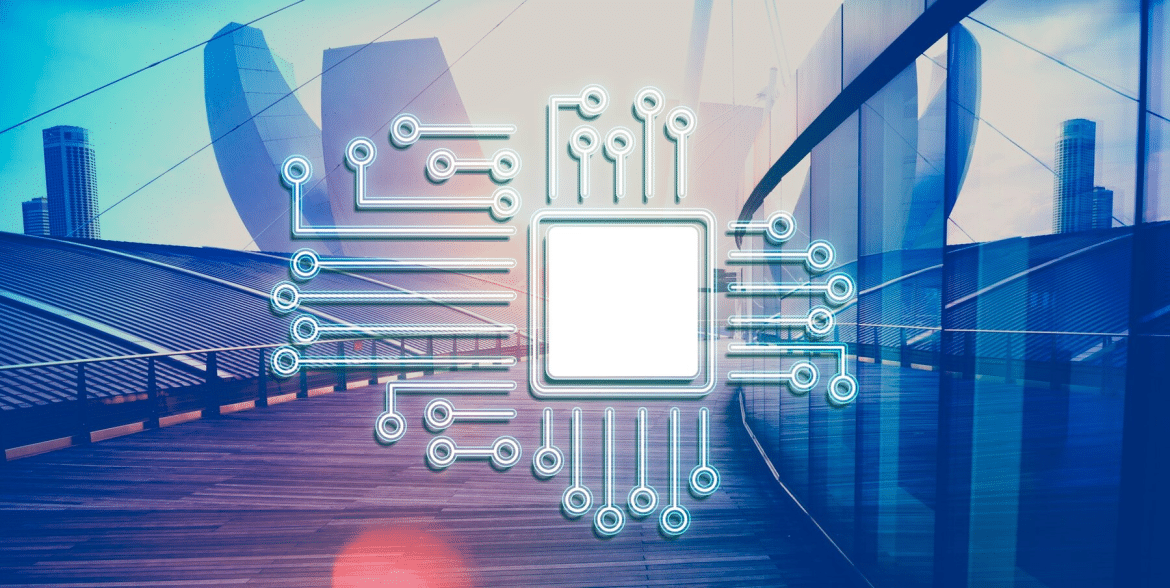Embedded systems play a role in powering the technology we use daily from thermostats managing our home environment to advanced automotive systems ensuring our safety on the road. These systems are becoming more sophisticated as technology progresses paving the way for advancements in their capabilities.
With the progress of technology services, for developing embedded software are adapting to cater to the increasing needs of more interconnected devices. Developments such as incorporating AI connecting to IoT and enhancing security measures are transforming the landscape of embedded systems.
Embedded software development services play a role in creating the software required to drive the upcoming wave of intelligent devices guaranteeing their effectiveness, safety and ability to make instant decisions.
AI and ML Integration in Embedded Systems
One notable trend shaping the future of embedded systems is the integration of Artificial Intelligence (AI) and Machine Learning (ML). This transformative duo is changinging embedded systems function.
While traditional embedded systems were designed for tasks with processing power, AI and ML have expanded their capabilities to include tasks such as image recognition, predictive maintenance and autonomous decision making.
For example smart cameras have evolved significantly with AI and ML. Previously limited to surveillance functions they can now recognize faces, detect activities and promptly notify authorities in real time. This level of intelligence integrated into devices presents an array of possibilities ranging from home automation to sophisticated industrial applications.
The real challenge here is to make sure that AI and machine learning algorithms can work efficiently on the resources of embedded systems.
Thanks, to advancements in hardware like the creation of AI chips we are quickly overcoming this obstacle. In the future we can expect to see embedded systems that are smarter, more responsive and capable of making quick decisions on their own.
Connectivity and the Internet of Things (IoT)
When it comes to connectivity and the Internet of Things (IoT) embedded systems play a role in this tech era. With more devices becoming interconnected these systems are players in creating a network. The growth of IoT has increased the need for embedded systems that can smoothly communicate with devices, gather and process data and send it to the cloud for examination.
Think about a smart home setup. Every connected device relies on embedded systems, for its operation whether its smart light bulbs or security systems.
These systems must interact with each other effectively respond to user instructions promptly and ensure everything runs without a hitch. Achieving this level of interoperability and dependability is where the ongoing embedded software development is truly making an impact.
5G and other advanced communication technologies are revolutionizing the speed and reliability of data transmission, between devices and embedded systems.
This enhancement not only boosts the performance of applications but also opens doors to innovative possibilities that were previously unthinkable. Imagine vehicles interacting with smart city infrastructure in time or industrial robots collaborating on the factory floor.
Embedded Systems Security Trends

In years there has been a rise in cyberattacks targeting embedded systems ranging from breaches in home devices to attacks on industrial control systems. With stakes involved the industry is responding by prioritizing security at every phase of development.
Security measures like encryption secure booting and hardware based security modules are now featured in embedded systems. Furthermore continuous updates and patches are given priority to tackle vulnerabilities as they emerge. As the threat landscape evolves the security measures integrated into these systems will also evolve to ensure their strength and resilience.
The Push for Sustainability
In today’s era of climate change and environmental awareness sustainability is no longer an addition – it is now essential. This shift is impacting how embedded systems are designed and developed, with an emphasis on energy efficiency and resource preservation.
There is a growing trend towards designing embedded systems with power consumption in mind. This approach does not prolong the battery life of devices like wearables and sensors. Also reduces the overall energy usage of larger systems. For instance in environments energy efficient embedded systems can significantly decrease machinery power consumption resulting in cost savings and environmental advantages.
Moreover there is increasing interest in using materials and production methods within the industry. Companies are exploring ways to minimize waste, recycle components and lower the carbon footprint of their products. With mounting pressure from consumers and regulations for solutions we anticipate this movement to have an impact on the future development of embedded systems.
Conclusion
The future looks promising for embedded systems with advancements on the horizon. AI and machine learning are enhancing the intelligence and capabilities of systems like never before. The Internet of Things is facilitating interaction and data exchange. There’s a focus on bolstering security to combat the growing complexity of threats. Additionally sustainability is now a factor in designing and producing these systems.
As these advancements progress embedded systems will play a role in the tech landscape. They will serve as the driving force behind innovation fueling the devices and applications that shape our world. In this field companies and developers who adopt these trends will spearhead progress into tomorrow crafting systems that’re not just powerful and efficient but also secure and environmentally friendly.


